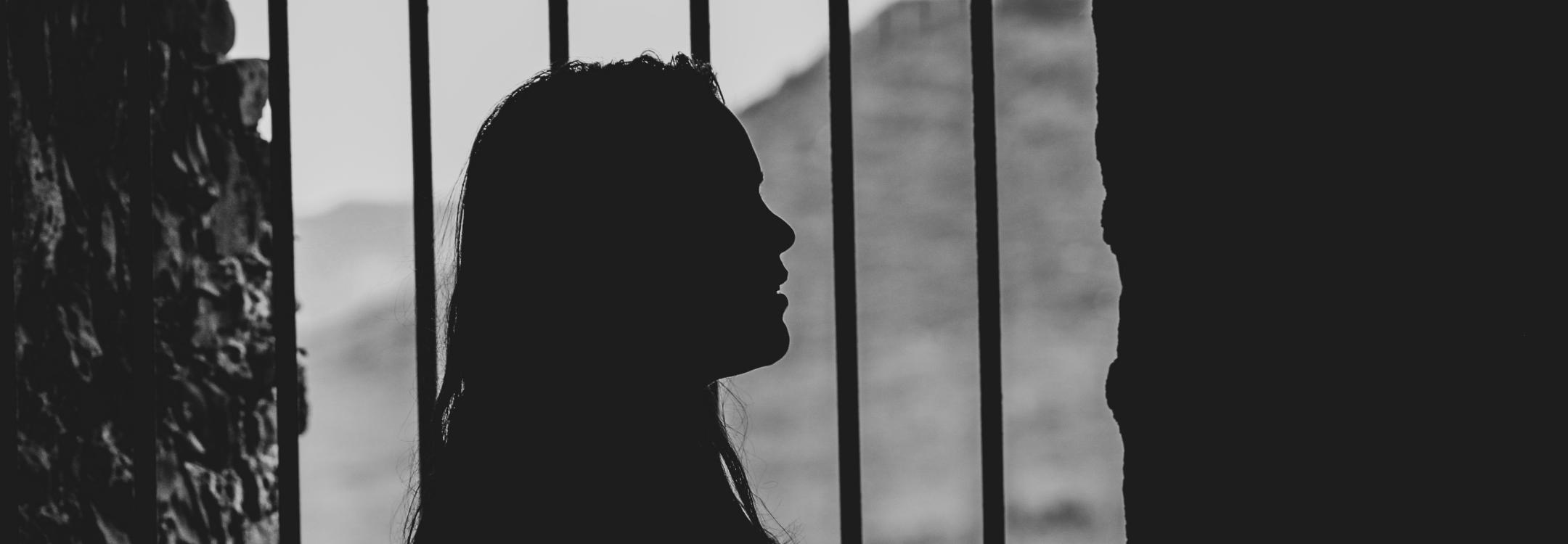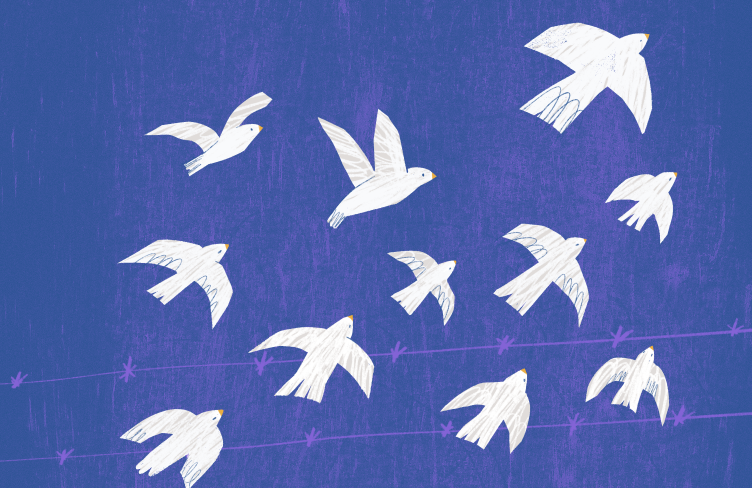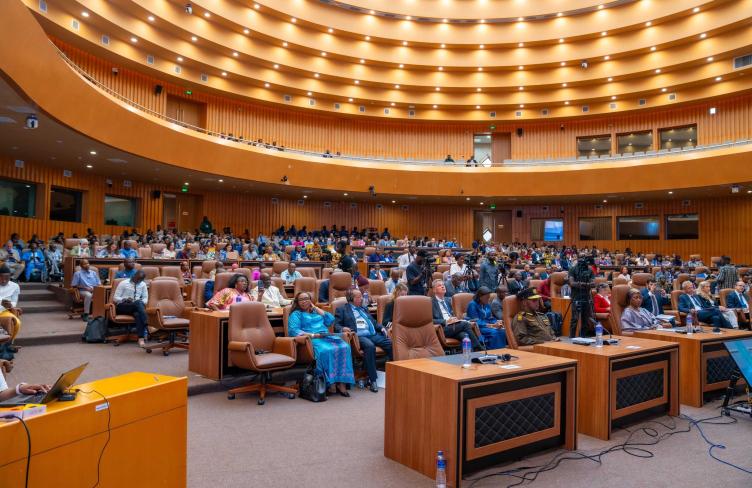
“I was like the majority of the women there: a non-violent drug offender. (…) Most of the women in the Camp were poor, poorly educated and came from neighborhood where the mainstream economy was barely present and the narcotics trade provided the most opportunities for employment. Their typical offences were for things like low-level dealing, allowing their apartments to be used for drug activity, serving as couriers, and passing messages, all for low wages.” Piper Kerman, Orange is the new black, My year in a women’s prison, Spiegel & Grau, New York, 2011.
8 March is the International Women's Day. This is an occasion to look at the issue of women and prison, an often invisible issue, and to challenge misconceptions and common beliefs around it. Prison is a close world conceived mainly by men for men. How does it affect women who are detained? Since 2010, there are specific international norms for women prisoners, the 2010 United Nations Bankgok Rules, that strive to address their specific needs and challenges.
Few prisons for women
Women detainees form a very small minority of the prison population (5% on average). This small number has often a negative impact on their detention conditions. There are very few prisons specifically for women and they may therefore be located far from their homes. This renders visits from their children and relatives more complicated. Activities for women, including work and education, are often not adequate nor meaningful and often based on stereotypes. In the pre-trial Geneva prison of Champ Dollon, there are some 10 to 20 women and they have only access to either colouring or creation of Brazilian bracelets.
High rate of mental health issues
Specific health needs of women are often neglected. Many women in prison have suffered from sexual and physical abuse and violence. Recent research showed that 64% of women prisoners in the UK and 94% in New Zealand reported a history of brain injury. In addition, the World Health Organization has reported high rates of mental health problems among women prisoners: anxiety, post-traumatic stress disorder, tendency to attempt self-harm and suicide. Women may also have drug or alcohol dependence and do not always have similar access to treatment and rehabilitation programmes.
Children are also victims when their mother is in prison
Many women prisoners are the sole caretaker of their family. Their children are directly affected by their incarceration and often have to move to host families or child care. As provided by the Bangkok Rules, the best interest of the child has to be taken into account to promote suspension of detention or alternatives to detention for women. In Brazil, a 2016 law on infancy complemented by a 2018 Supreme Court judgment ruled that all pregnant women and mothers with children under 12 years should be held in house arrest and not in pre-trial detention. The Council of Europe similarly issued a 2018 recommendation to favour measures such as home leave, open prisons or electronic bracelets for mothers.
This positive trend should be encouraged to revert the current growth of women detainees. Worldwide, the number of women and girls in prison has doubled since 2000. Women should not end in prison in the first place, as they face greater stigma and shame and the impact on their family and children is huge. This year, as we celebrate the 10th anniversary of the UN Bangkok Rules for the Treatment of Women Prisoners, we therefore call upon States and judicial actors to prioritize non-custodial measures for women offenders.
External resources
Penal Reform International, UN Bangkok Rules on Women Offenders and Prisoners: a short guide
Penal Reform International, Women in prison: mental health and well-being – a guide for prison staff

